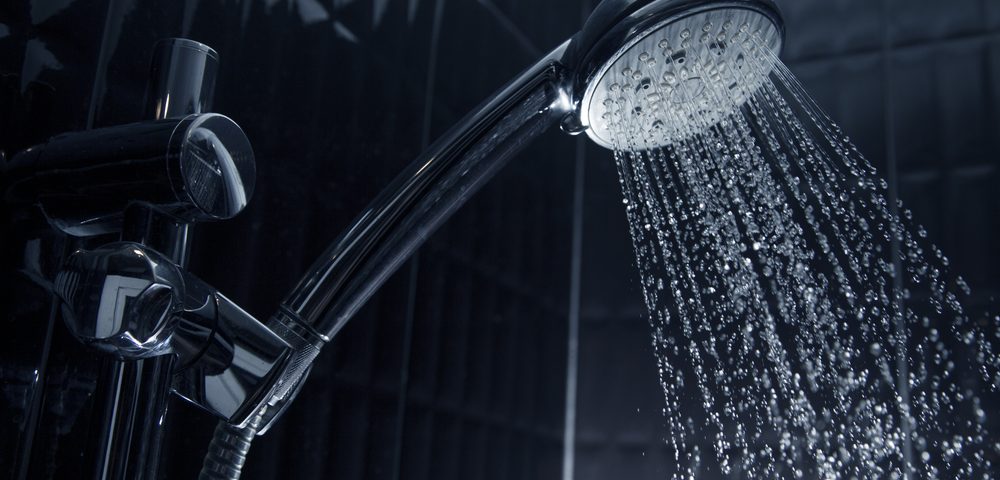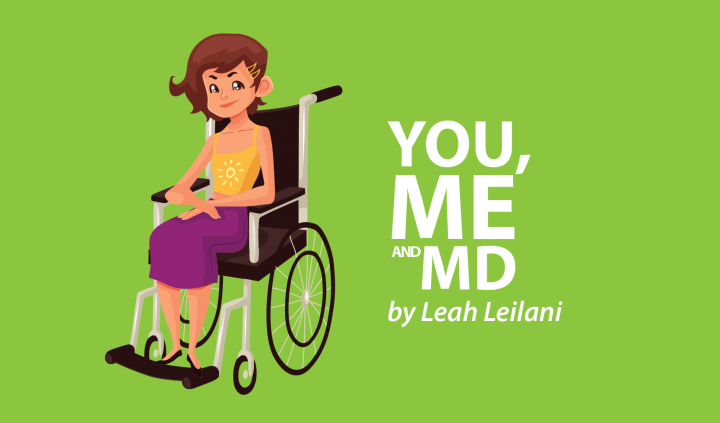Making My Bathroom Wheelchair-accessible

Renovating your home for wheelchair accessibility can seem like a daunting task. You would not be wrong. It is an overwhelming project and some people don’t know where to start.
The cost can also be intimidating, too. It may not be affordable when you’re constantly paying your medical bills. In this column, I share my family’s experience in hopes that it will inspire your own renovation projects.
As I became more dependent on my wheelchair, my parents realized that we would soon have to renovate our home. The first part of the home we remodeled was the bathroom. Our home, built in 1927, was far from being wheelchair-accessible. “Tight and claustrophobic” was an understatement. I could not get to the toilet in the back corner, even with the assistance of my walker.
Finding a contractor familiar with the challenges that disabled people face was our first task. A family friend who’s a quadriplegic recommended the man who remodeled his bathroom. This contractor usually used his knowledge and skills to help disabled veterans restore home accessibility, but he was more than happy to provide us with the same services.
The Muscular Atrophy News forums are a place to connect with other patients, share tips and talk about the latest research. Check them out today!
Next came the blueprints. Since the previous layout of our bathroom was so small, all the fixtures had to be moved. For example, the tub that was originally on the left-hand side of the room would have to be placed horizontally in the back. To do this, we had to move the toilet from the back-left corner to the front of the room.
The sink, once on the right, is now to the left, in-between the toilet and bathtub. Before installing the sink, our contractor had me sit in my wheelchair while he held the sink in front of me to determine the height that would make washing my hands and face easier.
Another key consideration in deciding the layout was whether storage was within arm’s reach. We chose built-in, cutaway shelving, which makes it easy for me to reach my makeup without assistance. It also leaves plenty of real estate for my wheelchair to turn a full 360 degrees.
It was pretty easy to choose between a walk-in tub or a regular bathtub. With a walk-in tub, I would have to sit and wait for the water to drain before exiting. Meanwhile, the wet but unsubmerged parts of my body would be freezing. So, I picked a regular tub.
Handlebars were a must-have to make our bathroom safe and accessible. We requested as many as possible and trusted our contractor with the rest. He placed two on either side of the bathtub and one on the back wall above the bath. A fourth one is above the toilet paper, next to the toilet.
Our door frames were not wide enough for my wheelchair but our contractor made a simple fix. With special Americans with Disabilities Act (ADA)-approved door hinges, I now have an extra inch-and-a-half added width to enter and exit the room with ease. The doorknobs are ADA-approved as well. Instead of having to grab the doorknob with all of my fingers, I can use the side of my hand to open the door.
Transitioning our bathroom into one that’s wheelchair-accessible has been a huge blessing. It gives my family peace of mind to know I can safely and easily use the bathroom. I hope this column sparked brainstorming for home improvement. What are some home renovations you’ve made?
***
Note: Muscular Dystrophy News is strictly a news and information website about the disease. It does not provide medical advice, diagnosis or treatment. This content is not intended to be a substitute for professional medical advice, diagnosis, or treatment. Always seek the advice of your physician or another qualified health provider with any questions you may have regarding a medical condition. Never disregard professional medical advice or delay in seeking it because of something you have read on this website. The opinions expressed in this column are not those of Muscular Dystrophy News or its parent company, Bionews Services, and are intended to spark discussion about issues pertaining to muscular dystrophy.








Mary Andrus Charles
I am trying to reach someone to aid a young lady age 53 with Multiple Sclerosis make her home handicap accessible....please help me with information/guidance
thanks
Mary Andrus Charles